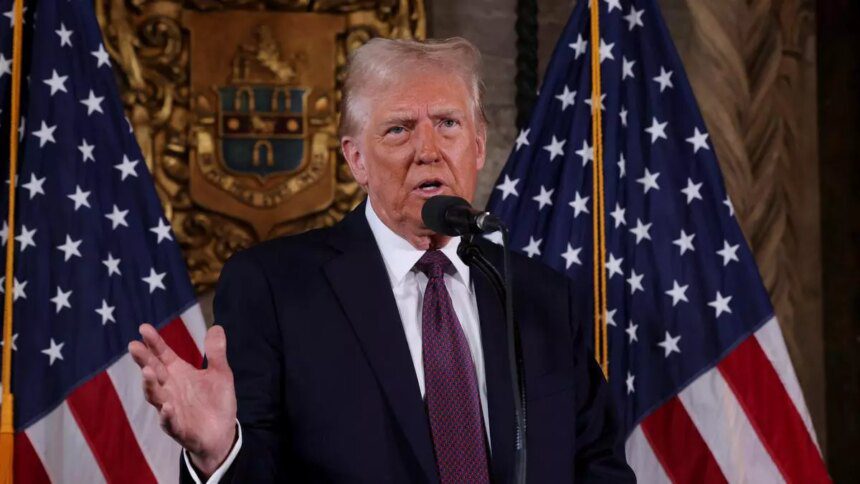The impact of Donald Trump’s presidency on the Indian rupee, also known as the “Trump Tantrum,” has been a topic of discussion among economists and analysts. A recent report by State Bank of India (SBI) suggests that while there may be initial volatility in the rupee’s performance due to Trump’s presidency, it is likely to be a short-term phenomenon.
The report highlights that historical data indicates that the Indian rupee has generally fared better under Republican administrations compared to Democratic ones. The rupee has been relatively stable during Republican presidencies since the Nixon era. While some volatility is expected in the near term, it is believed that the current situation does not mirror the levels seen during the “Taper Tantrum” of 2013.
The report attributes the recent weakening of the rupee to capital outflows and the strengthening of the US Dollar following Donald Trump’s victory in November 2024. Since then, the rupee has depreciated by approximately 3% against the US dollar. However, it remains among the most stable currencies globally, with only a marginal depreciation.
Despite these challenges, the report notes that the domestic foreign exchange market remained steady in the first half of 2024, supported by capital inflows driven by the inclusion of Indian bonds in global bond indices. This helped cushion the rupee against greater volatility.
Looking ahead, the report predicts that the rupee will adjust to the initial shock of the Trump presidency and stabilize in the coming months. This should ease concerns about prolonged instability in the currency markets. Overall, the report suggests that the “Trump Tantrum” is likely to be a temporary phenomenon for the Indian rupee.
In conclusion, while the Indian rupee may experience some short-term volatility due to Donald Trump’s presidency, the overall outlook remains positive. The rupee’s performance is expected to stabilize in the near future, and historical data indicates that it tends to fare better under Republican administrations. Investors and analysts can take comfort in the resilience of the Indian currency and its ability to weather external shocks.







